- myFICO® Forums
- Types of Credit
- Credit Cards
- bottom and top tier cards cards for each major com...
- Subscribe to RSS Feed
- Mark Topic as New
- Mark Topic as Read
- Float this Topic for Current User
- Bookmark
- Subscribe
- Mute
- Printer Friendly Page
bottom and top tier cards cards for each major company ?
Is your credit card giving you the perks you want?
Browse credit cards from a variety of issuers to see if there's a better card for you.
- Mark as New
- Bookmark
- Subscribe
- Mute
- Subscribe to RSS Feed
- Permalink
- Report Inappropriate Content
bottom and top tier cards cards for each major company ?
All,
I am still learning so much here but am wodnering what cards are considered " starter or bottom tier cards and which are more top end ?
I know QuickSilver One from Cap one is a starter card
Freedom and Slate from Chase ?
Just curious.
Nov 2014 733
Goal score at least 780 across all 3
Amex platinum NPSL1/14 ,Chase Freedom $5500 1/14,Lane Bryant $250Capital one ,quicksilver $3,5001/14, TR visa $13,100. 2/14 penfed Platinum Cash Rewards $25,000, 7/14 Amex Everday Preferred $34,500, 7/14 CSP $14,000, 11/14 ink Plus $35,000
- Mark as New
- Bookmark
- Subscribe
- Mute
- Subscribe to RSS Feed
- Permalink
- Report Inappropriate Content
Re: bottom and top tier cards cards for each major company ?
This is a tough question. What exactly constitutes "low tier" or "high tier"? Excluding really obvious tiered cards like the Palladium and Centurion on the high-end and anything from First Premiere on the garbage-end, it's not as cut-and-dry as you might think.
Chase's Freedom, for example, is the first Chase card that many people get, but it's not trivially easy to acquire. Just search the forum for all the threads by people who have tried and failed to do so. So given allo that, is the Freedom an "entry-level" card or not? I honestly couldn't tell you.
American Express - No CLI or Appreciation Gift in 7 Years

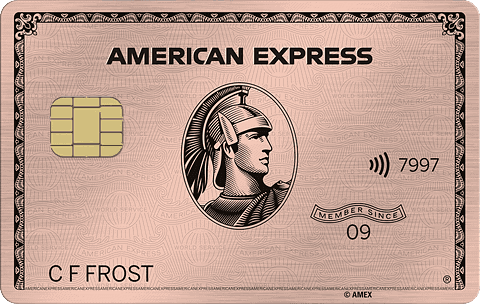
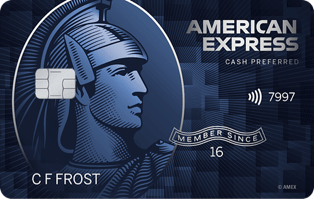
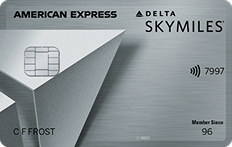
Citibank - Handing Out Credit Limits Like Candy
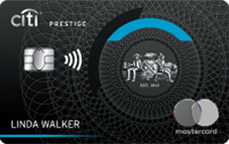

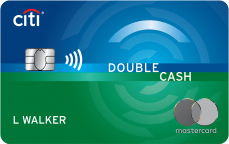


Chase - Surprisingly, Still Tolerating My Credit-Chasing Ways
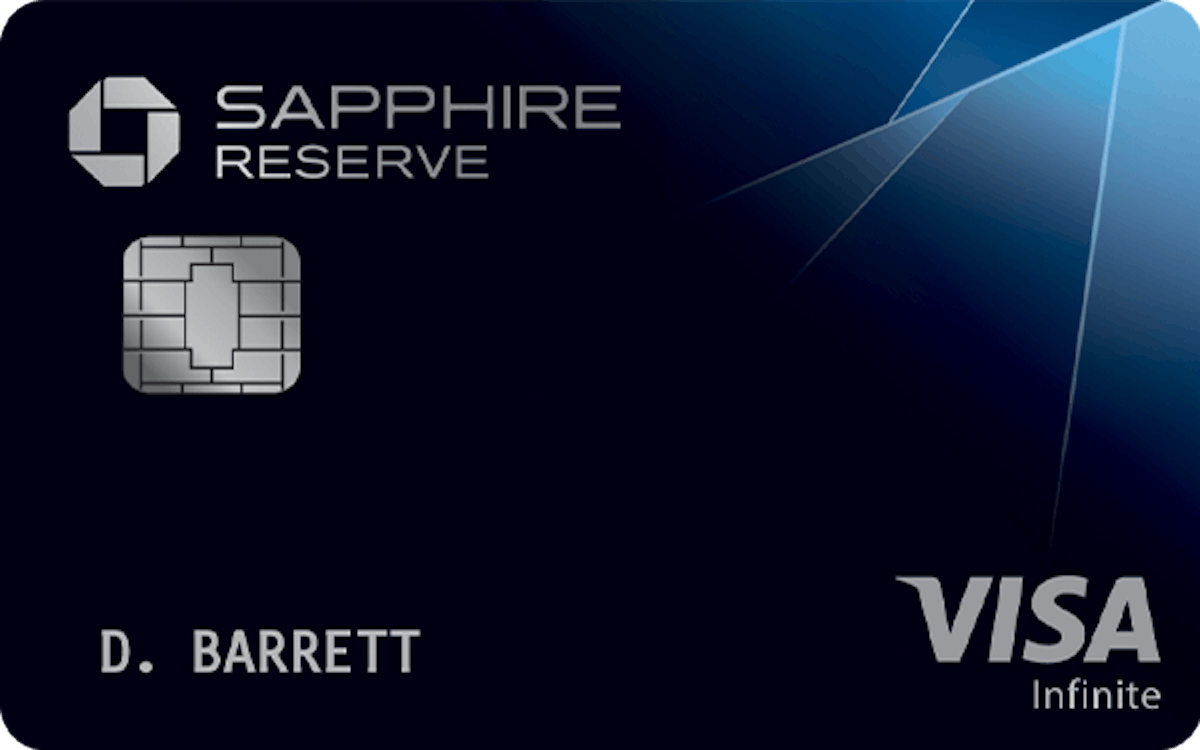
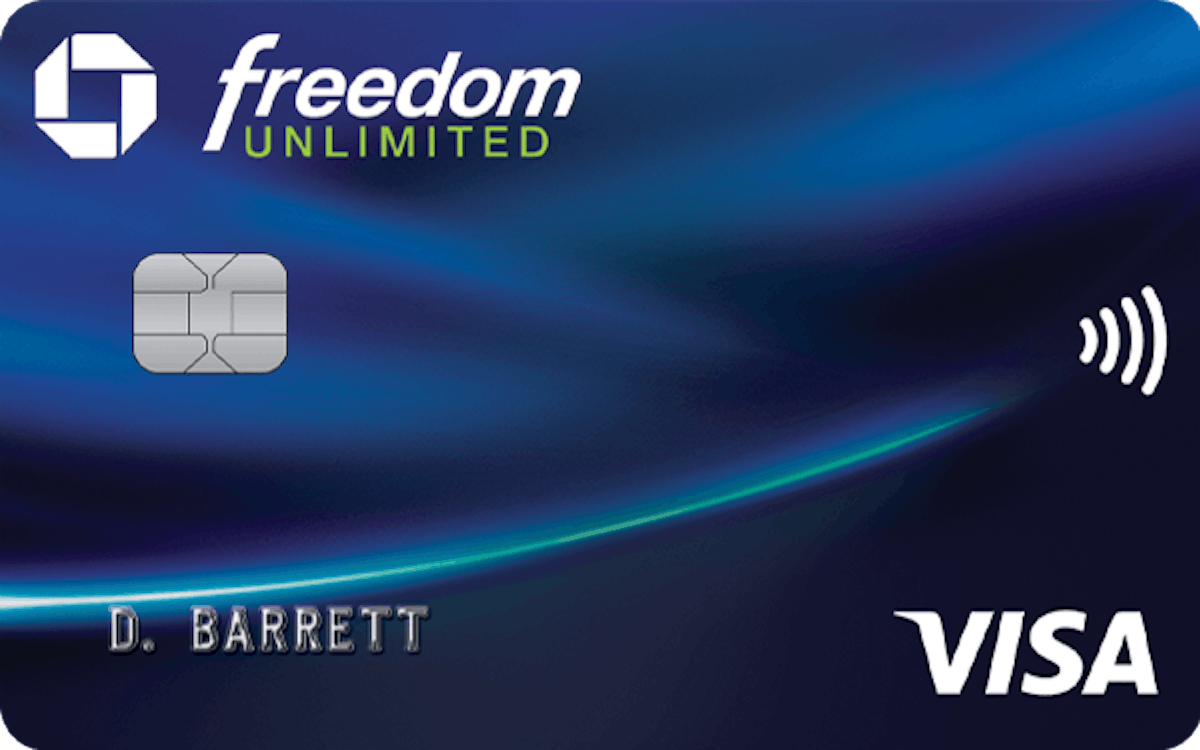
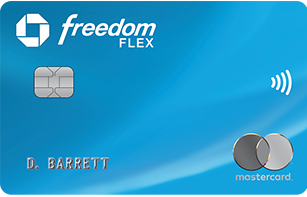
Bank of America - My Newest Bae.

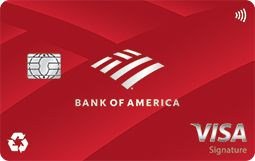
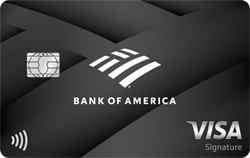
Everyone Else.
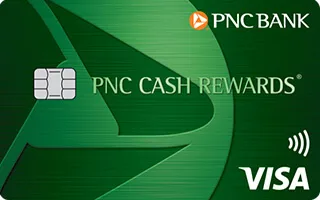



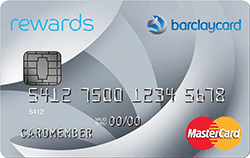
- Mark as New
- Bookmark
- Subscribe
- Mute
- Subscribe to RSS Feed
- Permalink
- Report Inappropriate Content
Re: bottom and top tier cards cards for each major company ?
Less than 2% cash back is low tier. greater than 2% is high tier.
2% is the average amount you should expect to obtain...
Well, at least that definition works for me.
TU-8: 804 EX-8: 805 EQ-8: 788 EX-98: 767 EQ-04: 752
TU-9 Bankcard: 837 EQ-9: 823 EX-9 Bankcard: 837
Total $443,800
- Mark as New
- Bookmark
- Subscribe
- Mute
- Subscribe to RSS Feed
- Permalink
- Report Inappropriate Content
Re: bottom and top tier cards cards for each major company ?
@Themanwhocan wrote:Less than 2% cash back is low tier. greater than 2% is high tier.
2% is the average amount you should expect to obtain...
Well, at least that definition works for me.
Not "blue is high tier"?
Interesting definition though. So what about Freedom, because that gets 5% on some things is that high tier, or because it is generally 1% is it low?
- Mark as New
- Bookmark
- Subscribe
- Mute
- Subscribe to RSS Feed
- Permalink
- Report Inappropriate Content
Re: bottom and top tier cards cards for each major company ?
Cards earn point that can transfer or redeemed at higher value are top tier for me, for cash back >4%. I only spent 5% category on discover now and use the discover portal but pay with my AMEX SPG.
- Mark as New
- Bookmark
- Subscribe
- Mute
- Subscribe to RSS Feed
- Permalink
- Report Inappropriate Content
Re: bottom and top tier cards cards for each major company ?
@Stralem wrote:This is a tough question. What exactly constitutes "low tier" or "high tier"? Excluding really obvious tiered cards like the Palladium and Centurion on the high-end and anything from First Premiere on the garbage-end, it's not as cut-and-dry as you might think.
Chase's Freedom, for example, is the first Chase card that many people get, but it's not trivially easy to acquire. Just search the forum for all the threads by people who have tried and failed to do so. So given allo that, is the Freedom an "entry-level" card or not? I honestly couldn't tell you.
I think the Freedom is one of Chase's entry level cards (along with say the Slate) simply because it is easier to get than some of the other cards, such as CSP (which are easier to get than the Palladium!) But "entry level" doesn't mean anything negative, or imply that is itrivial to get, merely that, for that particular issuer, you would be more likely to be approved for that than one of the higher tiered cards.
But I agree it is not cut and dried in most cases. Sometimes, like with say US Bank, they tell you that if they are unable to approve you for the Cash Plus, you will be considered for (don't recall the name). So that tells us the order between those two cards. In other situations it is if we cannot give you the Sig/World we will consider you for the Platinum.
- Mark as New
- Bookmark
- Subscribe
- Mute
- Subscribe to RSS Feed
- Permalink
- Report Inappropriate Content
Re: bottom and top tier cards cards for each major company ?
@longtimelurker wrote:
@Stralem wrote:This is a tough question. What exactly constitutes "low tier" or "high tier"? Excluding really obvious tiered cards like the Palladium and Centurion on the high-end and anything from First Premiere on the garbage-end, it's not as cut-and-dry as you might think.
Chase's Freedom, for example, is the first Chase card that many people get, but it's not trivially easy to acquire. Just search the forum for all the threads by people who have tried and failed to do so. So given allo that, is the Freedom an "entry-level" card or not? I honestly couldn't tell you.
I think the Freedom is one of Chase's entry level cards (along with say the Slate) simply because it is easier to get than some of the other cards, such as CSP (which are easier to get than the Palladium!) But "entry level" doesn't mean anything negative, or imply that is itrivial to get, merely that, for that particular issuer, you would be more likely to be approved for that than one of the higher tiered cards.
But I agree it is not cut and dried in most cases. Sometimes, like with say US Bank, they tell you that if they are unable to approve you for the Cash Plus, you will be considered for (don't recall the name). So that tells us the order between those two cards. In other situations it is if we cannot give you the Sig/World we will consider you for the Platinum.
IF you go by UW guidelines (which is about all you can do really) I fully agree with longtimelurker.
That said, I think it's pointless: some cards are better suited for an individual others - much as I'm surprised by it, the Freedom this year is better than a CSP for me, but it's not debatable that Freedom is Chase's entry level card currently, and CSP is effectively their top tier (Palladium doesn't count in my estimation: deposit $100k and pay a fee for mediocre benefits /yawn, I could get that card and I'm not so certain I could get a CSP right now though if I took the 100k deposit I probably could).
You can find pretty similar things for virtually every lender out there, but these things change on a regular basis. As an example neither the CSP nor Amex's BCP are nearly as presetigous from an underwriting perspective as they were up to the first half of 2012. Until consumers start defaulting again, we're still seeing a race to the bottom as the newly banked consumers is likely a blue water market.





















- Mark as New
- Bookmark
- Subscribe
- Mute
- Subscribe to RSS Feed
- Permalink
- Report Inappropriate Content
Re: bottom and top tier cards cards for each major company ?
While there are certainly 'bottom-tier' cards (CreditOne, First Premier, anything with a rediculous AF/MF and deposit, etc.) as well as 'super-high-tier' cards (Centurion, Paladium, that Dubai one with a diamond in it, etc.), there really isn't a whole lot of difference between what's in the middle.
Sure, CapitalOne is more of an entry level issuer, since they will be more likely to give out credit to people that have none. And some banks are more stingy with who they will approve for anything. But in the end, the benefits that the cards come with, and how valuable they are to you, is what really matters. For example, the CapitalOne QuickSilver card (either version) comes with 2% cash back across the board for any purchases. That's a pretty nice perk that can double your earnings in categories that aren't usually included in promotions (gas, food, travel, etc.). But it's also considered a lower status card.
On the other hand, Amex Platinum still has a lot of prestige. But the benefits are mediocre for most and getting worse every year. Unless you travel a LOT, there is no reason to get it. Amex keeps pestering me to upgrade my PRG to the Platinum, but I have no interest in it.
In the end, for the middle spectrum that covers 90% of the cards out there, prestige is meaningless. The average person has no idea what cards actually have more stringent UW guidelines and would technically imply that the cardholder had better credit. Especially in the US where the highest category cards (Visa Signature, Mastercard World) have paltry requirements to some of their overseas counterparts.
So you shouldn't concern yourself as much with what is better simply because a bank says it is, and focus more on what's better for you.






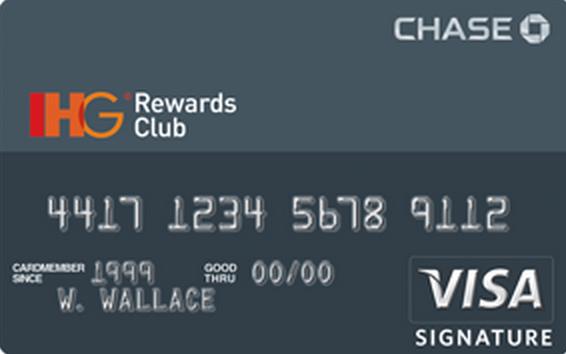


Limits: PRG=NPSL, CSP=$16k, BCP=$30k, DIT=$15k, USAA=$6k, CDW=$12.5k, IHG=$9k, BBY=$2k, BOA=$13k
- Mark as New
- Bookmark
- Subscribe
- Mute
- Subscribe to RSS Feed
- Permalink
- Report Inappropriate Content
Re: bottom and top tier cards cards for each major company ?
Freedom is a good card but probably not entry level. People still need fairly good credit and a little thickness to their file for a decent limit. Approval with a low limit can be pretty frustrating.
Current Score: EX 753 FICO, EQ 737FICO, TU 738
Goal Score: 776 FICO
Take the FICO Fitness Challenge
- Mark as New
- Bookmark
- Subscribe
- Mute
- Subscribe to RSS Feed
- Permalink
- Report Inappropriate Content
Re: bottom and top tier cards cards for each major company ?
@drkaje wrote:Freedom is a good card but probably not entry level. People still need fairly good credit and a little thickness to their file for a decent limit. Approval with a low limit can be pretty frustrating.
Again, entry level means in comparison to other cards for that issuer, not that it is trivial.
An entry-level programming job at Google (or whichever company you prefer) is going to be very hard to get for most, but is still easier than entering Google as VP of Stuff.